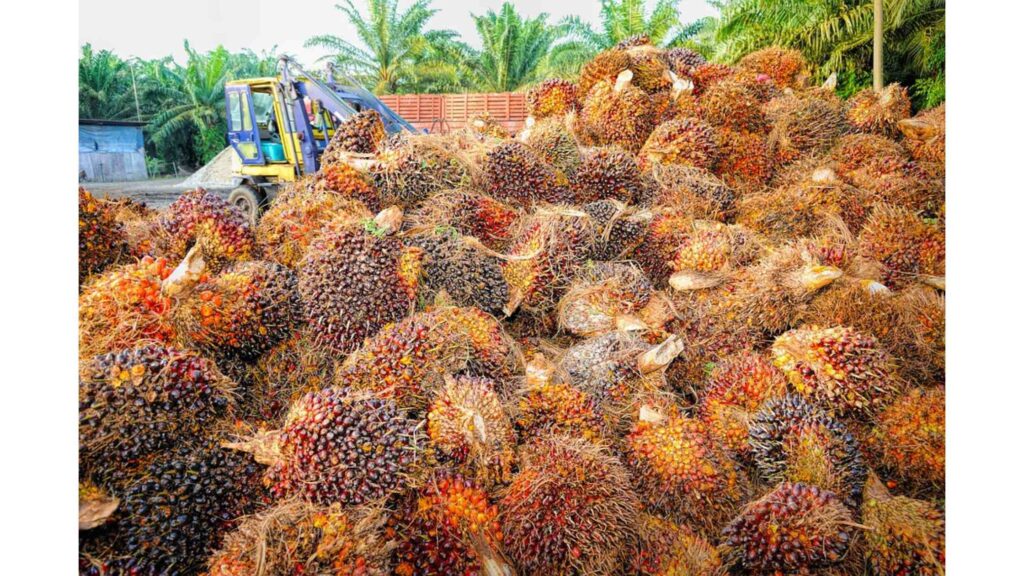Palm shortage 2023: why this is a major issue?
Why is there a Palm shortage? Edible oil prices have been steadily rising for years. There have been periodic shortages due to uneven crop harvests in some regions worldwide. In 2021, the drought destroyed the crops in Canada and Argentina. The need for oils has increased due to a rise in investment in biofuel activities. This includes renewable diesel projects in China and biodiesel facilities in Southeast Asia. As a result, palm oil and sunflower oil were already becoming more expensive. Yet, these two goods have suddenly become costly due to distinct factors. Let’s continue to explore this in this article.
DiscontinuedNews is impartial and independent, and every day, we create distinctive, world-class programs, news, and content that inform, educate and entertain millions of people worldwide.
Challenges faced by Oil Palm

Oil palm is the world’s most important oil crop. It supplies around 40% of all commercial vegetable oil. Almost three billion people, especially in Asia, regularly eat palm oils as major nutritional components. Palm oils also have a variety of significant non-food uses, such as cleaning and sanitizing goods.
Compared to annual oilseed crops, oil palm has an incredibly small land footprint and a lesser 25-year life cycle. Almost 19 million hectares of oil palm plantations produce 81 million metric tonnes (Mt) of oil per year (Mha).
In the 2020s, the oil palm farming industry faced numerous difficulties. They include the growth of new and old pests and diseases, a lack of climate resilience due to high temperatures, and an increasingly volatile rainfall. There are also downstream problems with supply chains and consumer attitudes.
Why do palm oil prices rise?
The causes of the sudden price increase in palm oil are not immediately evident. Indonesia produces over 60% of the world’s palm oil and exports around 53%. Thus, they make it by far the largest producer in the world. As palm oil production has been stable and is predicted to increase by 2.6% in 2023, the nation is not facing continuous shortages. Then again, the cost of palm oil in Indonesia suddenly increased in the final three months of 2021. And recently, inflation has started to affect the worldwide market.
The reason for that spillover is that palm oil prices are a significant player in Indonesian internal politics. There, cooking with palm oil is a household necessity. Naturally, a price increase of 50% is a politically dangerous position. Hence, the President of Indonesia, Joko Widodo, acted to maintain price stability. He unleashed 11 million liters of oil, which served as a strategic reserve. He used subsidies when prices kept going up. Then came limitations on exports, followed by quotas, and finally, price caps for the marketplace.
Later, everything failed. Store shelves stopped carrying palm oil as people started stockpiling. The government increased export taxes and increased pressure on manufacturers. Once more
Available on the market, palm oil in 2022 will cost almost twice as much as in 2021. In April 2022, Widodo exercised his nuclear option by banning the export of all palm oil goods.
The world market went crazy. The world’s most popular edible oil is palm oil. It might lose 50% of its supply overnight, which alarmed the commodity markets. Prices increased by 6%, and other edible oil prices increased in lockstep. The second-most-used oil, soybean oil, increased by 4.5 percent. Widodo changed his mind the following day and claimed that the ban only applied to a few goods. Then he went back on his earlier claim. He claimed that the ban would be nearly complete and cover both raw palm oil and cooking oil.
Recent Disruptions of Palm Oil
The scarcity of cooking oils was made worse by Russia’s invasion of Ukraine. Before the war, around 75% of the sunflower oil consumed worldwide was produced in Russia and Ukraine. The
supply forecasts were off due to countries banning Russian imports. Also, the conflict prevented Ukrainian farmers from harvesting. The harvest for Ukraine in 2023 appears to be poor. This is due to the country’s broken transport network, a labor shortage, and other factors. This has impacted countries using sunflower oil, such as the United Kingdom and Germany.
Geopolitical issues, COVID-related labor shortages, weather-related problems, and the supply of vegetable oils all have an impact. The second-largest supplier of palm oil is Malaysia. It has a continuing lack of both labor and fertilizers, limiting production.
Meanwhile, labor issues and persistent drought are having a significant negative influence on production in South America. It produces more than 50% of the world’s soybeans. Food producers will need to make changes due to the nine-year high soybean oil prices.
A data-driven strategy and centralized regulations make the oil-producing indoor grow market viable. This is especially true in light of international conflicts and labor constraints. Soybeans, palms, and other plants can all have their growth restricted using Controlled Environment Agriculture (CEA). Besides reducing supply chains, this will offer a long-term solution to local problems because they are causing price hikes and delays for service providers and end users.
Conclusion
Future difficulties for oil palm crop production include new dangers from climate change. Also, it depends on pests and infections. Since climate change is inevitable, efficient global collaboration is required to stop it. New breeding and management techniques promise advances such as higher-producing types, better oil profiles, increased disease resistance, and greater climate resilience. Let us hope for good things to happen for the palm industry.
